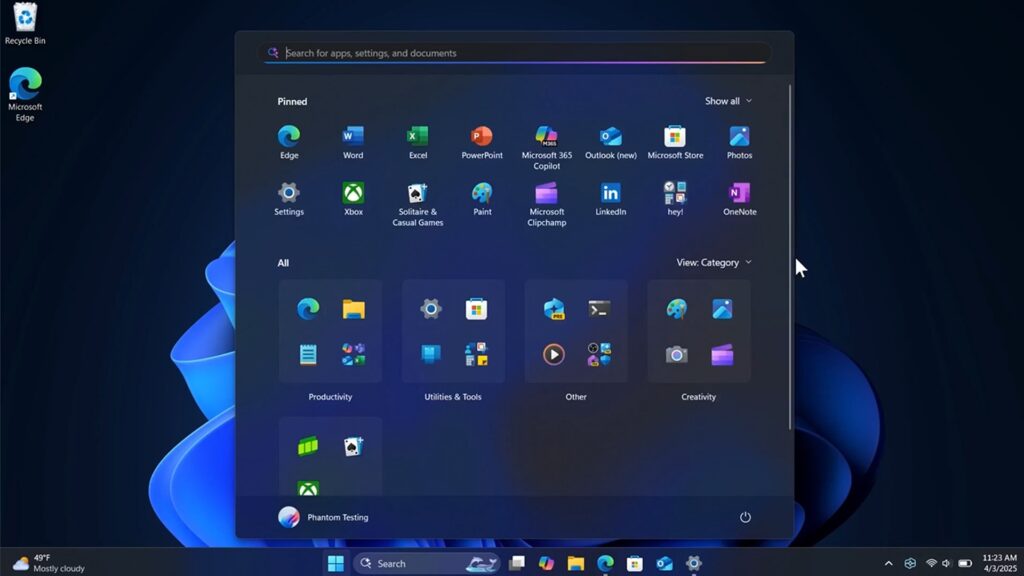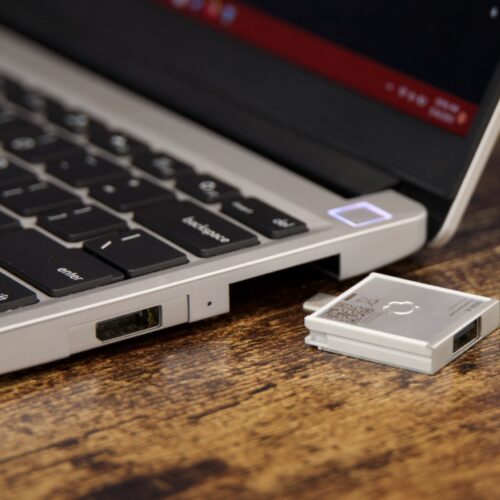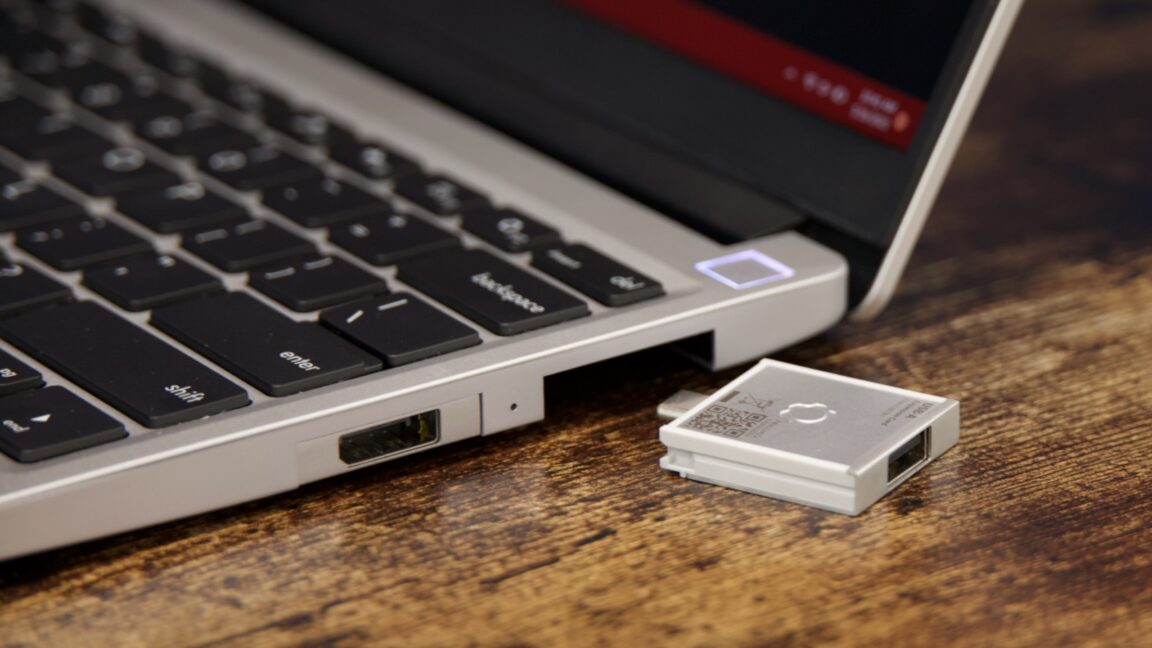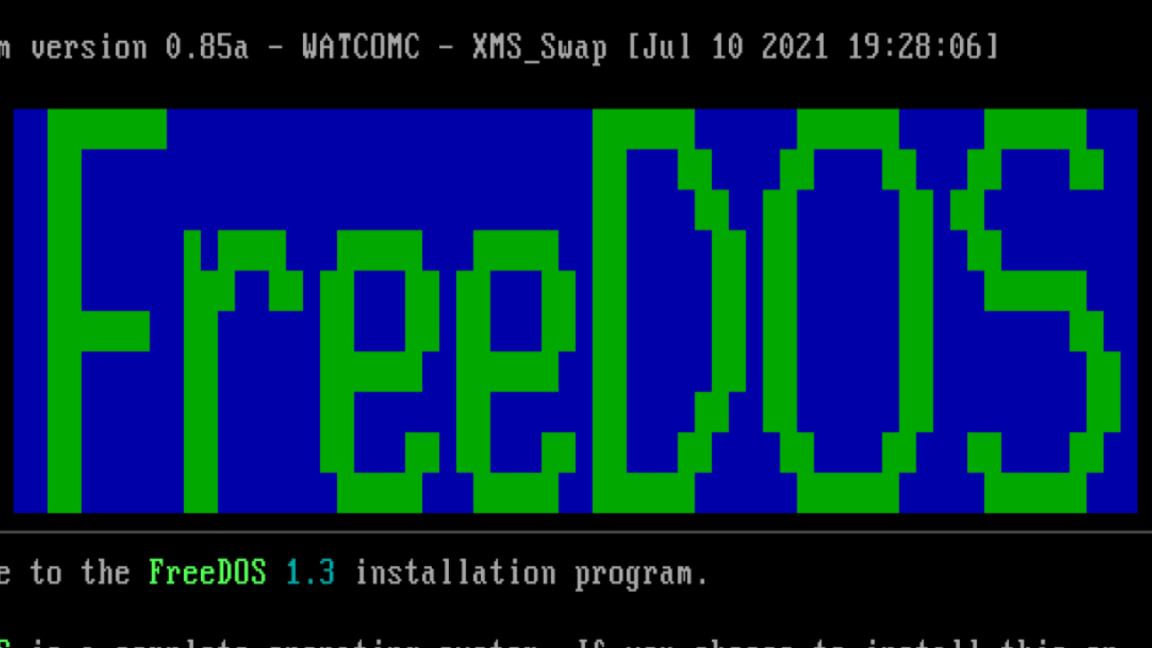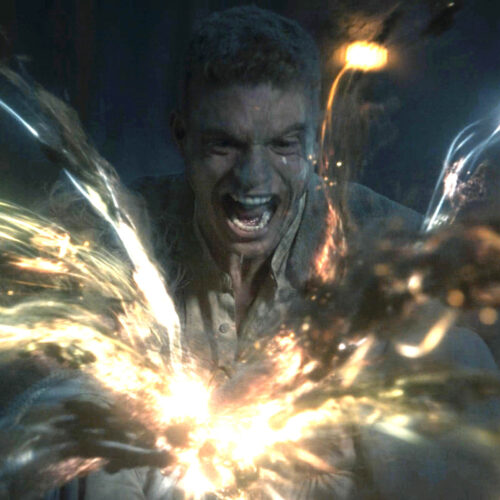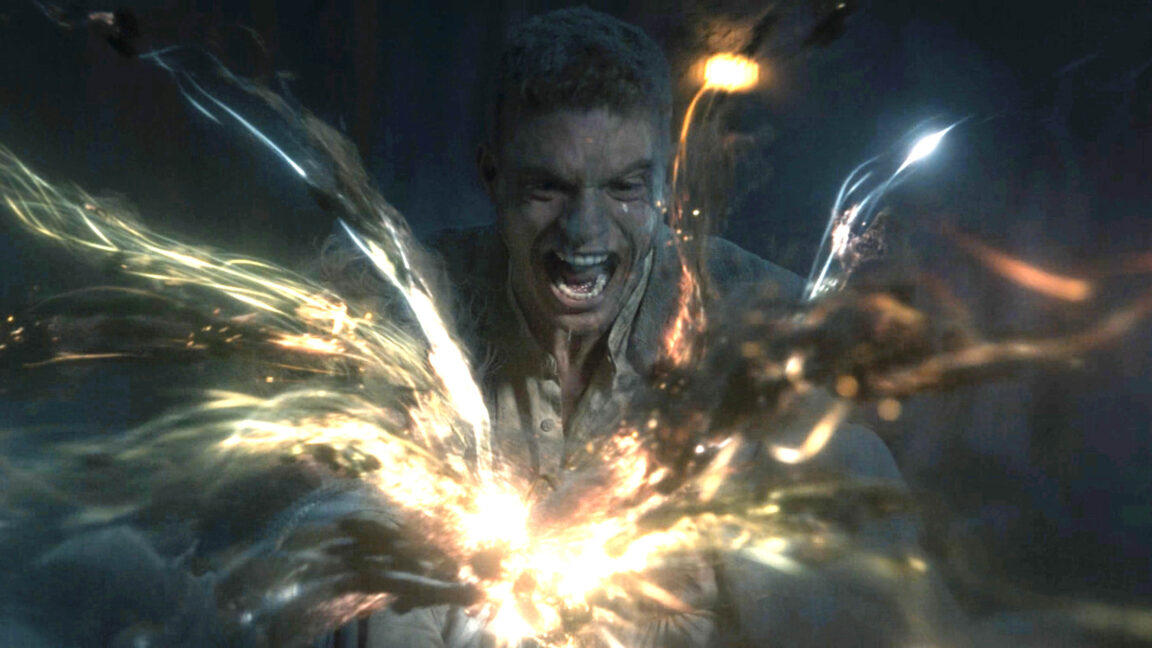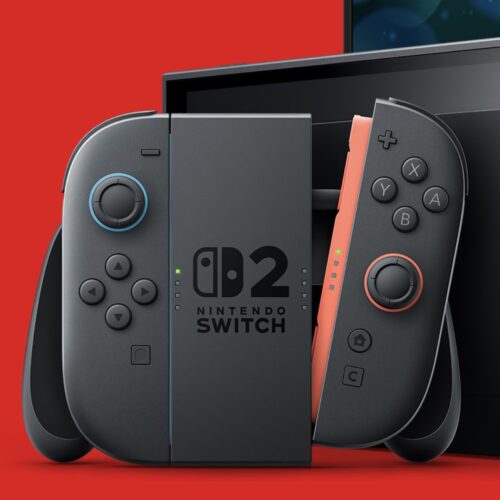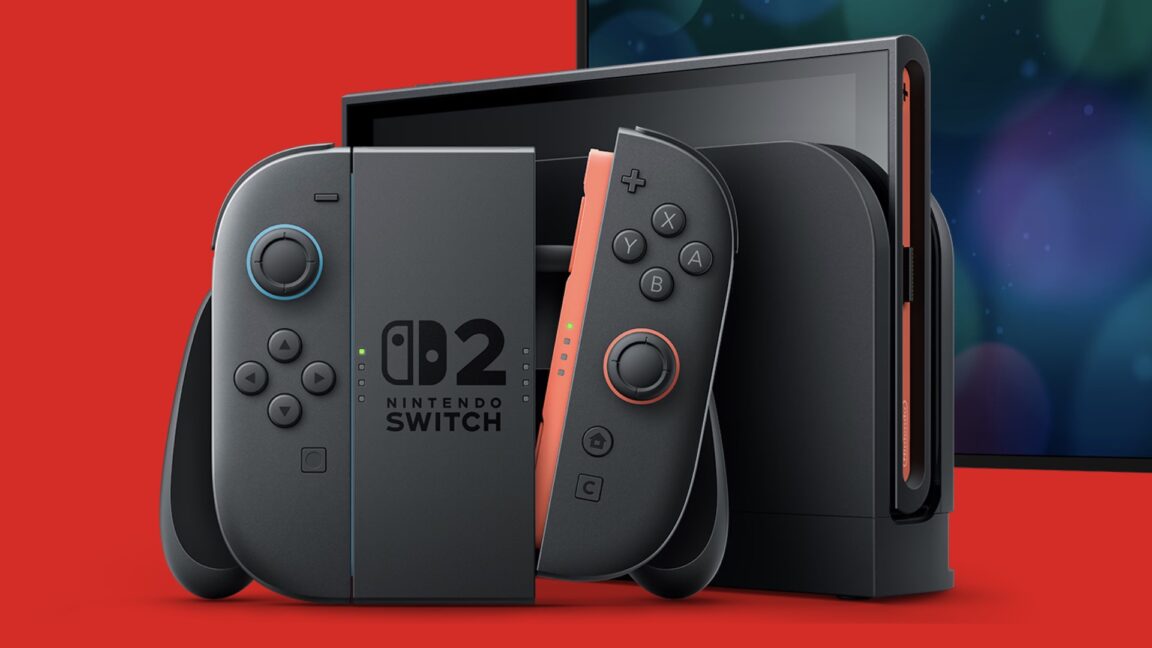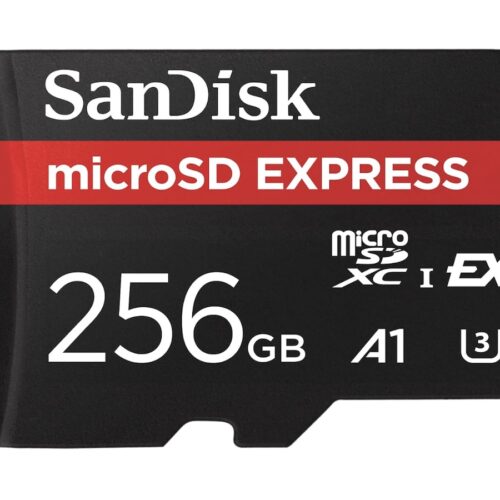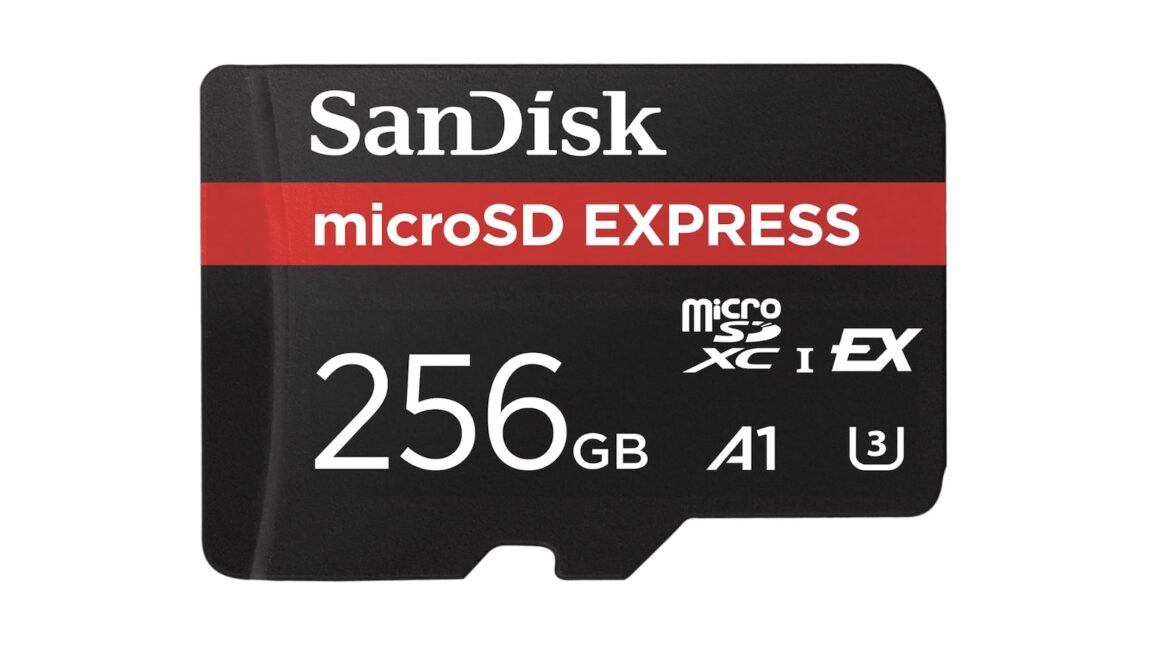Microsoft rolls Windows Recall out to the public nearly a year after announcing it
Nearly a year after announcing the feature, Microsoft is finally ready to roll the controversial Windows Recall feature out to the general public, the company announced today on its Windows Experience Blog.
Only available on Copilot+ PCs, a subset of Windows 11 systems sold within the last year or so, Recall takes continuous screenshots of everything you do on your PC, saving them, scraping text from them, and saving it all in a searchable database. This obviously has major security and privacy implications—anyone who can get access to your Recall database can see nearly everything you've done on your PC—which is why Microsoft's initial rollout attempt was such a mess.
Recall's long road to release involved a rushed initial almost-launch, harsh criticism of its (then mostly nonexistent) security protections, multiple delays, a major under-the-hood overhaul, and five months of testing in Microsoft's Windows Insider beta program. Microsoft signaled that Recall was nearly ready for release two weeks ago when it came to the near-final Release Preview channel.
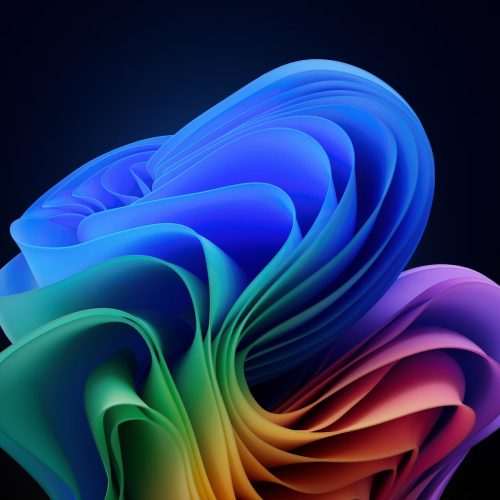
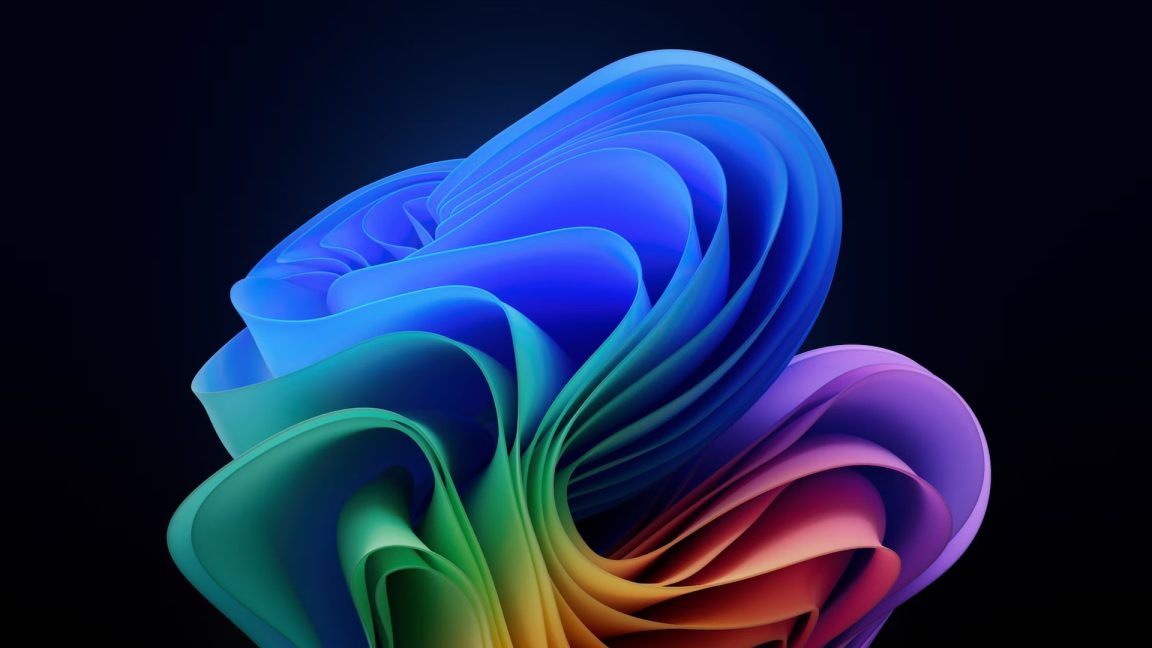
© Microsoft


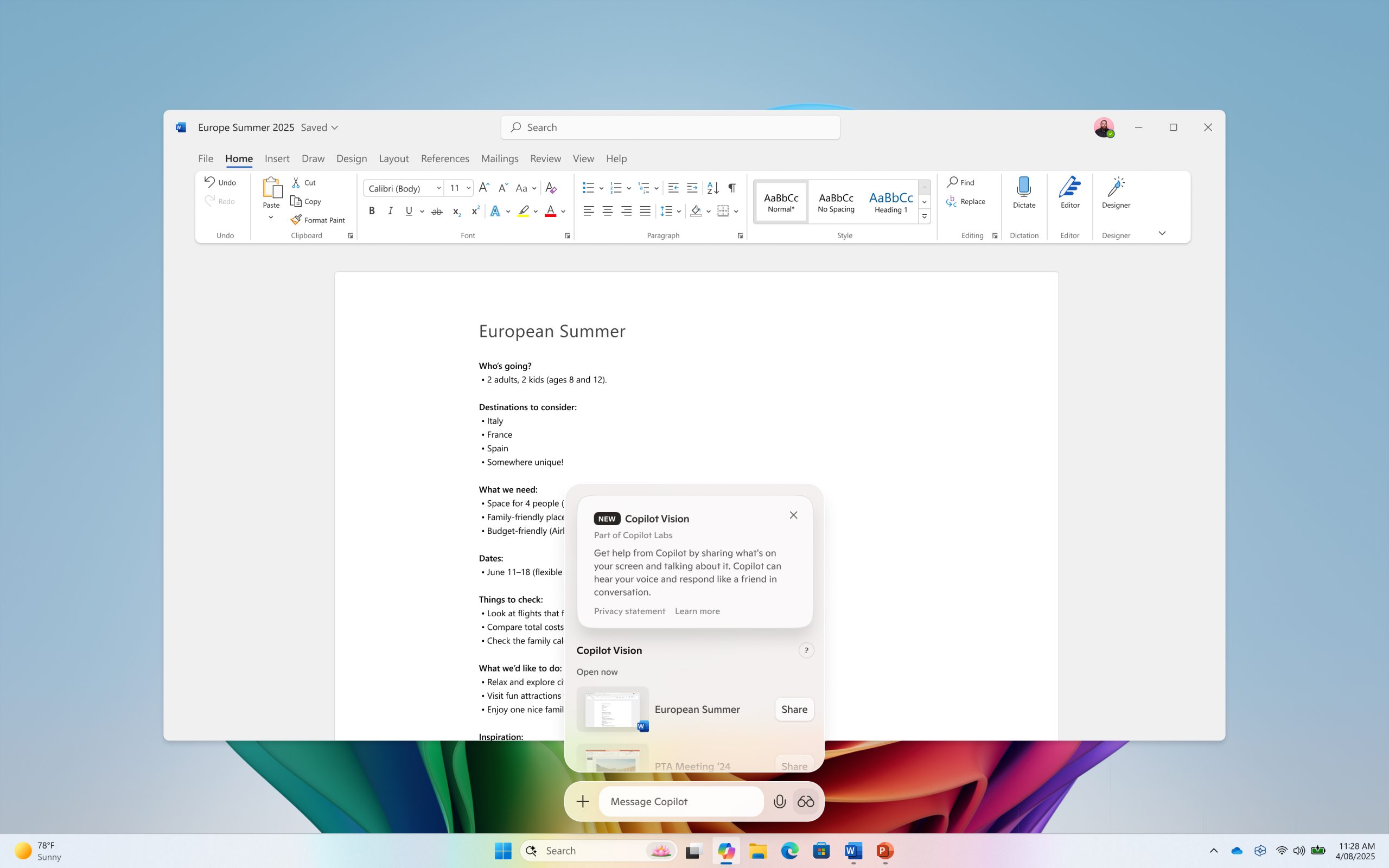 Microsoft's Copilot Vision update can see the contents of any app window you share with it.
Credit:
Microsoft
Microsoft's Copilot Vision update can see the contents of any app window you share with it.
Credit:
Microsoft



